
You can review the slides from Manfred’s excellent presentation on Panoramas by clicking here.
Bill Robertson

You can review the slides from Manfred’s excellent presentation on Panoramas by clicking here.
Bill Robertson
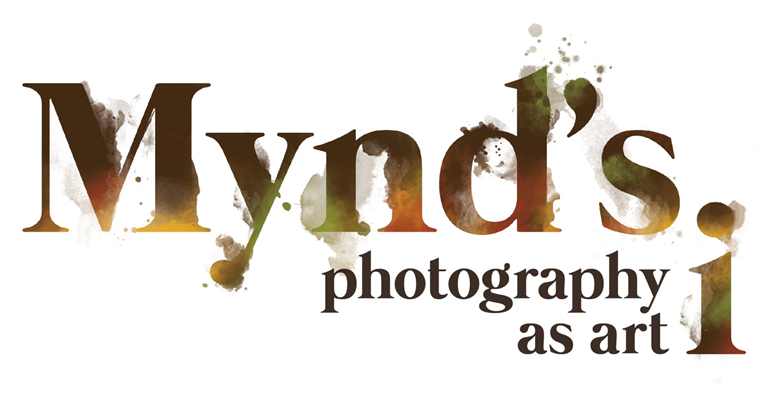
The slides from Ginny Fobert’s excellent presentation are available here. Thanks again to Ginny for sharing her wonderful creativity with us.
You can follow Ginny here:
and contact her here:
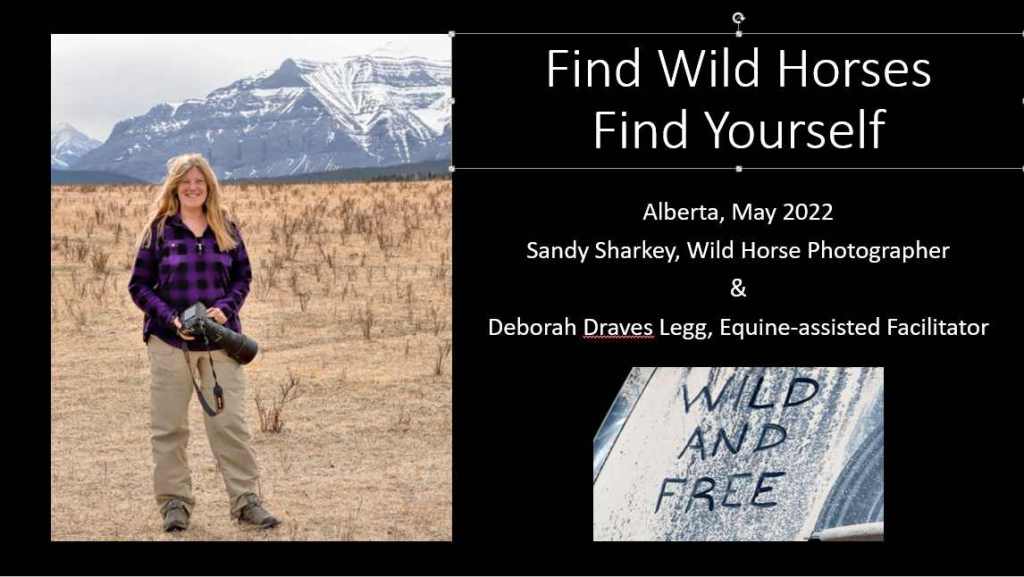
The slides from Debbie Pinard’s excellent presentation: Find Wild Horses Find Yourself are available here.
Ron Pierce has been wandering around northern Newfoundland and sent us this report:
Here are a few photos of northern Newfoundland. All photos (except the iceberg) were taken with my cell phone. No post-processing except for resizing for email.



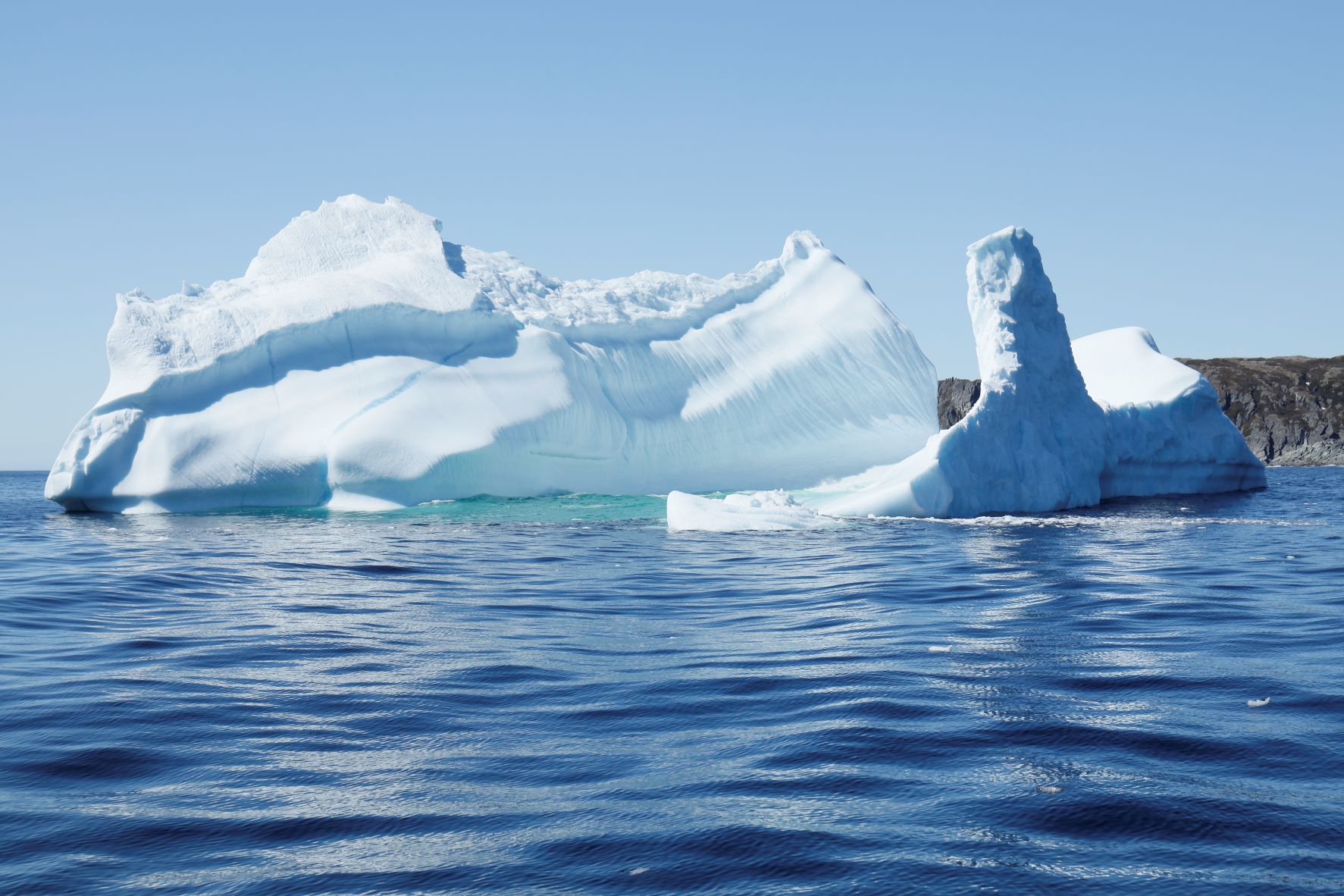

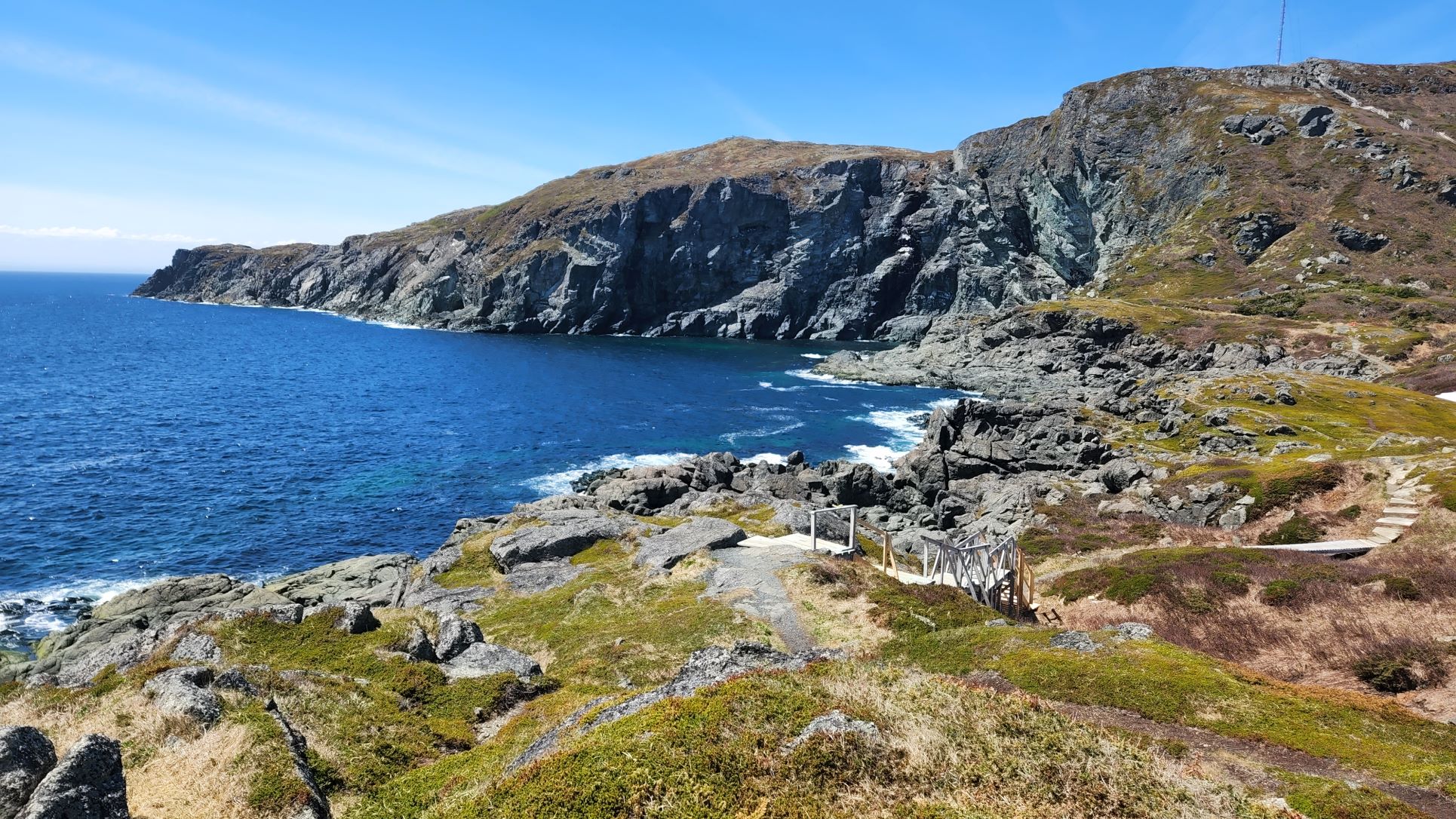
The coastal scenery of northern Newfoundland is spectacular. We have visited some of the scenes in these photos several times during our many times in Newfoundland. They still take our breath away.
We have had incredible weather during the past two weeks. It has been unseasonably warm and sunny, with a high fire risk. Today is the first of probably several rainy days, so maybe a chance to get some photos of “rain, drizzle and fog”.
If you’d like to share a few of your summer images, please send them along with a note on what you’ve been up to, to contact@ksccc.ca
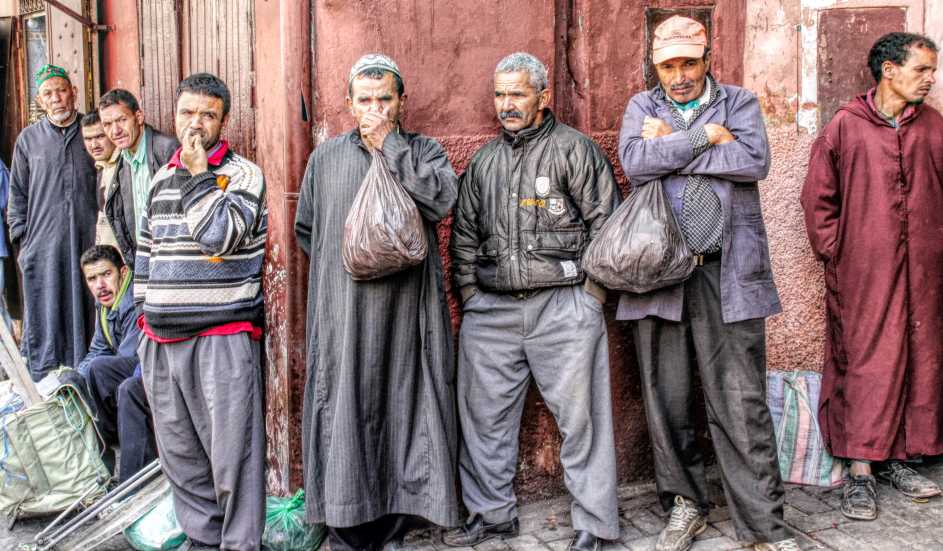
The photos in my slideshow are from a photography trip I took with my daughter to Morocco in May 2012. The focus was mostly on street photography. It was definitely a memorable experience, and looking at the pictures brings me right back to the places we visited.
It was through Strabo Tours, and the professional photographer was JJ Weiss (who has since passed on). His biography:
I had the greatest good fortune to begin photography as an apprentice to the legendary Minor White at M.I.T. That blessing was even more enhanced when I got my M.F.A., studying with Harry Callahan and Aaron Siskind, both master photographers, at the Rhode Island School of Design. Just six years after printing my first photo, I was appointed to a professorship in art at the University of Delaware, where I led the photo program for 30 years. Our graduate studies program was praised by The Photo Review for its “outstanding contribution to photography,” and I was also cited for an Excellence in Teaching award. In 2006, I received national recognition as Teacher of the Year by the Santa Fe Center for Photography. I’ve led 30 photo safaris and tours for Strabo.

The description of the tour
Morocco is a beautiful country filled with friendly people and irresistible allure. Most excitingly, photographs seem to beckon around every corner. There is so much to see. Marrakech is home to the famous outdoor market, Djemaa el Fna, perhaps the greatest open-air spectacle in the world. Among many delights, you will see snake charmers, dance troupes, and storytellers regaling fascinated listeners with tall tales. In Fes, the center of culture and religious learning, we will photograph in its ancient Medina. Kiosks abound all over, vendors selling their goods much as they did thousands of years ago. This year, we’ve added a new destination in the north, Chefchaouen. Pronounced, shef-shau-en, the town was founded in 1492 by Moorish exiles from Spain. Our accommodations are set in the hillside, just above the town, away from the hustle and bustle of the medina, yet within walking distance to the areas where we’ll be photographing. In the medina, the outdoor market vendors sell all sorts of vegetables and fruits amid the narrow cobbled alleyways of whitewashed walls and blue doors. It’s a photographer’s delight. And, of course, our visit to the Sahara is a particularly unique adventure. We arrive in mid-afternoon, photographing the dunes, the camels, and the herders. Then we are witnesses to one of the most amazing sunsets you will ever see. Following an al fresco dinner, and entertained by tribal musicians, we sleep, then rise before dawn, where Tuareg tribesmen help us to mount our camels, and ride up the dunes to photograph the magnificent Saharan sunrise.
Debbie Pinard
In Javier’s excellent presentation last week he featured Kanata’s Beaver Pond.
In case club members don’t know, it’s located here. We’re not sure about the status of the parking lot at the east end.
This map details some of the walking trails in the area.
The images at the top of this post were submitted by club members for our November 2013 monthly asignment. To see more, go here.
Until March 17, the West Carleton Arts Society has taken over the Kanata Civic Art Gallery for their Spring Fling group exhibition and sale. The gallery is just down the hall from where we hold our camera club meetings and the show is well worth seeing.
When you check out the show, be sure not to miss the three beautiful photographs by Danielle Barabé-Bussières who will be the featured speaker at our April meeting.

If you are a fan of Edward Burtynsky‘s beautiful large format images be sure to see Anthropocene at the National Gallery Of Canada before it closes February 24, 2019. The show includes over 30 large prints and several photo murals. It also features film installations by Jennifer Baichwal and Nicholas de Pencier.
Admission to the gallery is free on Thursday evenings from 5 to 8 pm.
The show catalogue, published by the Art Gallery of Ontario, can be borrowed from the Ottawa Public Library. There is also a Studio book ANTHROPOCENE, featuring reproductions of photographs by Edward Burtynsky which will be released later this month.
The documentary film Anthropocene: The Human Epoch is currently being shown at the ByTowne theatre.
Burtynsky talks about his technique in this interview from 2017.
I was asked how I took this photo:

which I submitted to the September “Breakin All the Rules” challenge and was shown at the October 5th meeting.
Here are the instructions that will get someone started in panning trees (or other vertical subjects). The head movement is the key. As you can see white birch trees make a nice image however I have done dark trunks against a blue sky and it was awesome.
If shooting in MANUAL MODE then set your speed then aperture according to meter
The above settings are a starting point. You may have to make adjustments to suit the lighting.
Now the technique to shoot !!
Compose your shot then, while camera is still next to your eye, START moving your head up and down. Using a count of 10 this is how it goes:
Compose……Move your head up and down 1-2-3-4-Press shutter button—6-7-8-9-10.
Do not stop head movement to click the camera on 5 . It is a nodding head movement all the way through the count of 10.
Move 1-2-3-4 ”CLICK” 6-7-8-9-10.
Ask Anne Jones or Marg Jackman to demonstrate.
Have fun with it .
Shirley LeClair